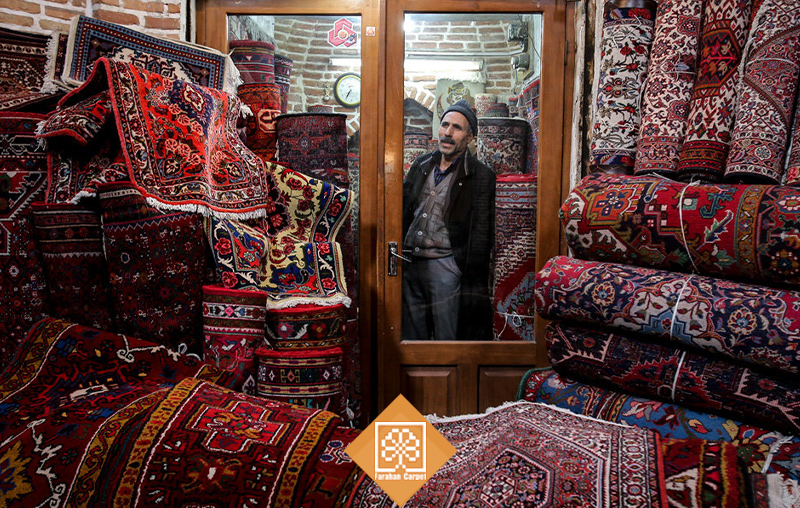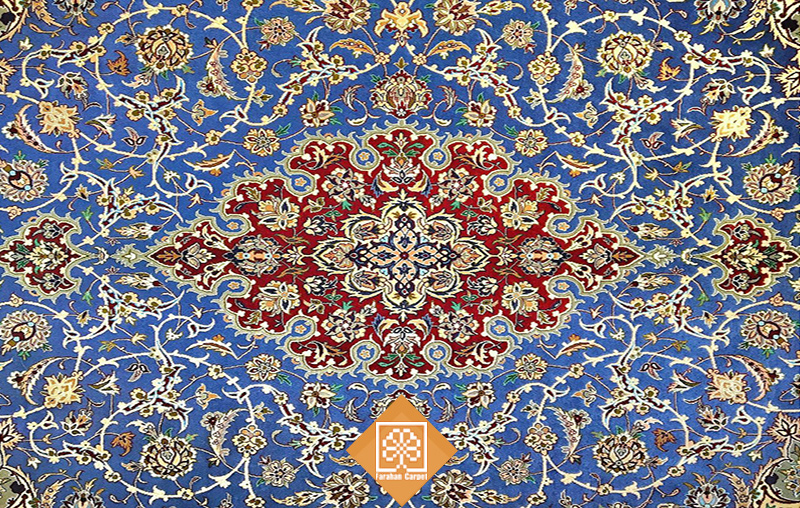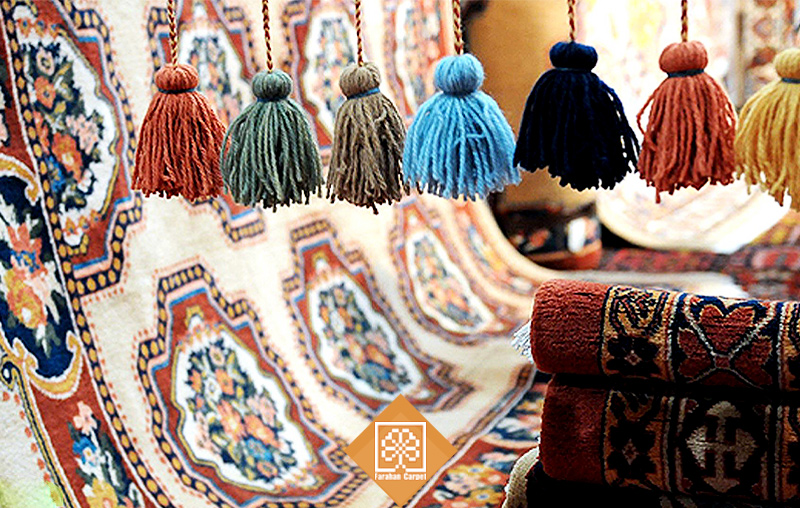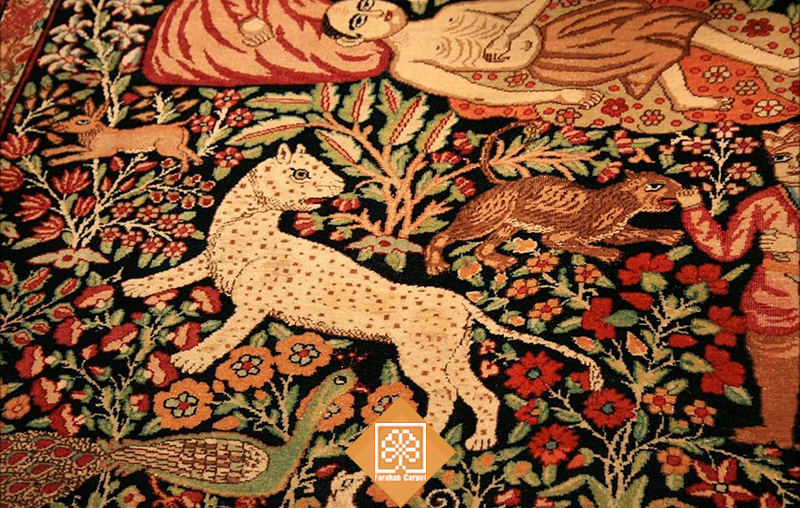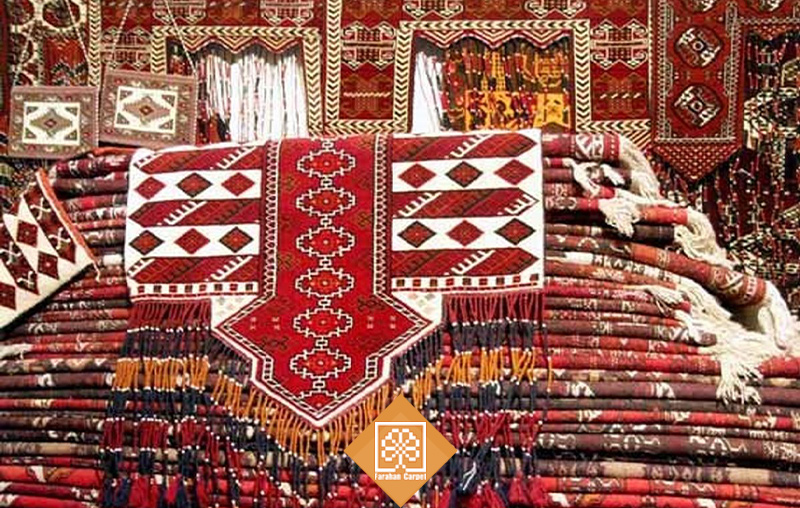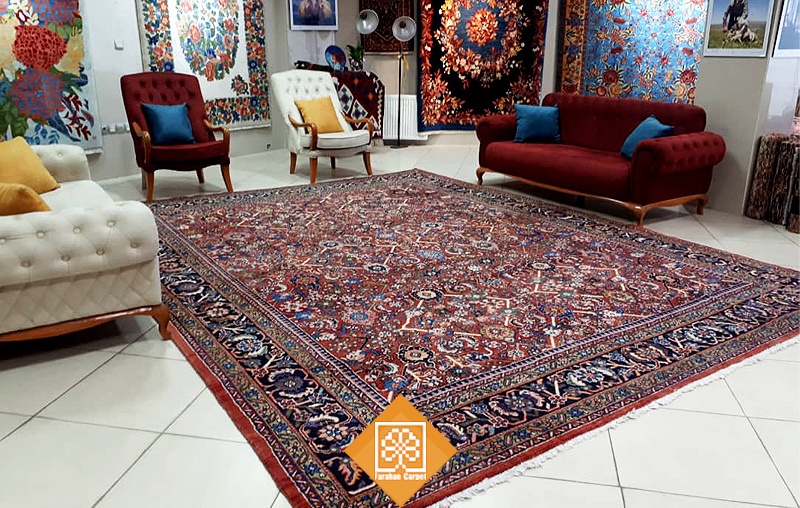Provinces of handmade carpets and their role in production
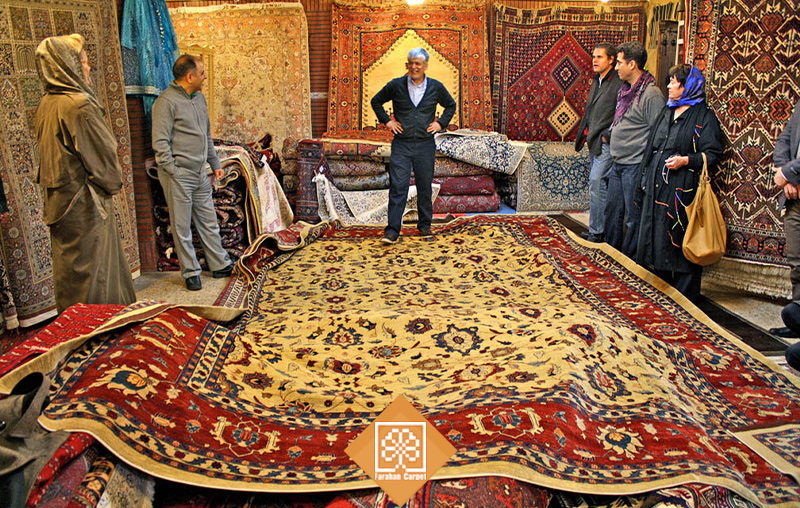
The provinces of handmade carpets and knowing the most important of them can help you to get acquainted with the field and industry of carpet weaving. For this study, there are several options that we intend to study the main centers of carpet weaving in Iran, among which the provinces of Azerbaijan, Isfahan, Fars, Khorasan, Kerman and Markazi will be the first choices.
Provinces of handmade carpets
In this article of Farahan Carpets, we intend to examine in detail the largest provinces of handmade carpets that have been able to play a significant role in the development of this industry not only in the field of production but also in the field of culture.
Of course, do not forget that today other provinces and centers may have been able to add to this division in terms of production, but in addition to production, we have also considered the historical and cultural background of these areas.
1. Azerbaijan (the most delicate province of hand-woven carpets)
Among the provinces of handmade carpets, we all know Azerbaijan by producing exquisite and delicate carpets, which in many cases have a high price. It was during the Safavid period that this province, influenced by the Iranian and Ottoman governments, was able to introduce itself as one of the main centers of carpet weaving in Iran.
The main cities of this province that have been able to introduce themselves in the carpet weaving industry to the point that even their fame has become global; Tabriz, Marand, Maragheh, Sarab, Khoy, Miyaneh, Meshkinshahr, Harris, and Ahar.
You have probably heard the name of Tabriz handmade carpets and Harris carpets more than other cities in Azerbaijan, which can be attributed to the high elegance and use of variety in designs and designs.
From the most important maps of Azerbaijan province, we can introduce geometric designs with vertical and horizontal lines, which have lacquer and light garlic colors.
The designs of Shah Abbasi, Afshan, Sheikh Safi, cashmere, fish, vase and flower, and recently miniature, thematic and panel drawings with fictional and epic themes are the most important designs of this province.
2. Isfahan (Cultural Capital of Iran)
Among the provinces of handmade carpets, Isfahan can be introduced as a unique option, which is not only a large center of carpet weaving, but also the center of many other handicrafts.
This province has long been considered an art center that attracted many carpet weavers from the surrounding cities and provinces, and that is why Shah Abbas Safavid decided to establish the first centralized carpet weaving workshops in this province.
After Shah Abbas, it was the turn of Shah Tahmasb, and since he was very interested in handmade carpets, he decided to supply it to different countries, so he ordered that special carpets be woven for the Sulaimaniyah Mosque in Istanbul, and in a way Start started exporting carpets in this province.
The use of great carpet designers led to the special growth of carpet weaving in this province, many of whom were also considered great painters, such as Behzad, Sultan Mohammad and Seyed Ali.
It may be interesting to know that the texture of Kashan handmade carpets, which is one of the cities of this province, started before Isfahan itself and was able to become very popular by using the special design of the altar.
Except for Kashan, the city of Nain in Isfahan was able to be welcomed with the use of cream colors and very small miniature designs that show the taste and patience of the people on the edge of the desert.
Today, in Kashan, geometric and broken designs taken from the historical emirates of Isfahan province, in Maymeh and Delijan, large-woven carpets are woven, and in Nain, the finest woven carpets of this province are woven.
3. Fars (one of the most traditional provinces of handmade carpets)
When we want to go to Fars among the provinces of handmade carpets, the first option that comes to our mind is the carpets of nomads and tribes, which along with rural carpets have a great role in the production of carpet weaving in the country.
Among the tribes of Fars province, Qashqai and Khamseh can be introduced as the main active options in the field of carpet weaving and hand weaving, which are all in a common feature, their design and design in most cases mental and taken from the heart of nature. This is the area.
The main woven motifs in this province are Nazem, tangled fish or saffron, Ghobadkhani’s pattern, motifs with central bergamot, motifs of animals and birds in geometric shapes. Meanwhile, the role of the moderator, who is also known as Goldani and Haj Khanami, is more popular.
Read more: The best brand of handmade carpets in different cities of Iran
4. Kerman (one of the highest quality handmade carpet provinces)
You have probably heard the proverb about carpets in Kerman province that “like Kermon carpets, the better you walk, the better !!” This proverb actually expresses the high quality of Kerman carpets, and since the carpets of this region are long, their quality not only does not decrease with a lot of walking, but also improves over time.
The designs of Shah Abbasi, Afshan, Taranjai, Farang-e-Farang, tree, bush, hunting ground, Quranic frame, celebrities and face weaving are among the main map carpets of this region, which are famous not only inside but also among foreign countries. It became global, so much so that foreign investors established carpet weaving workshops in this province of our country.
The original carpets of Kerman province all have a small background and by using tree designs, a special naturalism has been observed in the carpets of this region.
5. Khorasan Province
Among the provinces of handmade carpets, it is the turn of Khorasan, a province that has a very large area and therefore the number of weavers is very high.
Among the cities of this Turkmen province, it can be introduced as the main center of carpet weaving, which has been able to enjoy high popularity by weaving beautiful carpets with mind maps, the patterns of which are mainly broken and isolated geometric patterns.
Neishabour, Kashmar, Gonabad, Ghainat (Birjand), Sabzevar and Bojnourd are other cities in Khorasan province where carpet weaving is very common.
The use of flexible designs of bergamot, sprinkling, geometric, fish, shrubs, flowers and taboos are the main maps used in Khorasan region.
6. Central Province
Markazi province can be introduced as one of the main cradles of carpet weaving compatible with modern decoration, whose carpets are coarse-textured in most cases.
In your central province, Arak handmade carpets (Sultanabad), Sarooq carpets and Farahan carpets can be introduced as 3 main options that are world famous.
Markazi province, due to its location in the center of Iran as a terrestrial artery, provided the way to export and supply its carpets to European and American countries from the very beginning, to the extent that it is known in many countries of the world.
In Markazi province, the method used for weaving their carpets is Persian weaving, which is mostly used for knitting knots. Unlike the Turkish weaving method, which is done with hooks.
A distinctive feature in the central province is the original culture of carpet weaving. This issue has caused the problems of bad weaving and counterfeit knots and mats to be very rare in this area.
Apart from the provinces we mentioned, there are several areas of carpet weaving in Kurdistan, each of which has a relative reputation, such as Saneh, which is the old name of the city of Sanandaj, and today its native inhabitants know this city by the same name. But these are the main options we could introduce.
In this article, we have tried to examine the most important and main provinces of Iranian hand-woven carpets for you in detail, but nevertheless, if you have any questions or ambiguities about the topics and points mentioned in this article, You can share it with us in the comments section and we will reply to them as soon as possible.
